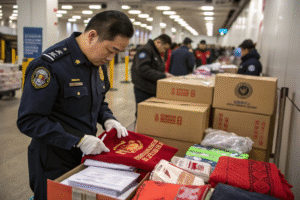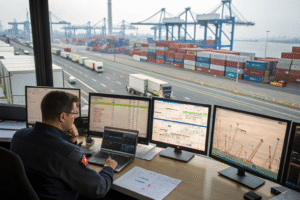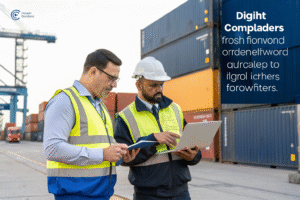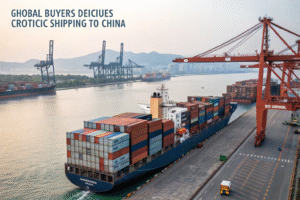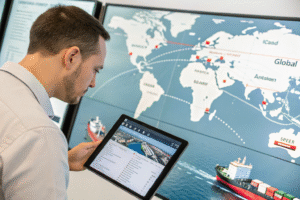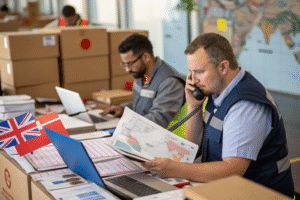Shipping disruptions can destroy delivery timelines, inventory plans, and client trust. I’ve seen clients panic when containers get rolled, planes are delayed, or customs holds shipments unexpectedly. But in global logistics, disruptions are not rare—they’re normal. The key is how we respond when they happen.
Working with a proactive freight forwarder minimizes disruption damage through fast rerouting, clear communication, and expert backup planning.
If you’ve ever lost money or customers due to late shipments, you’re not alone. I’ll explain exactly how experienced forwarders like GeeseCargo help clients respond to freight disruptions, mitigate risk, and keep supply chains running.
What Are the Most Common Freight Disruption Causes?
Shipping disruptions often happen without warning. A typhoon might close ports in East Asia, while labor strikes stall cargo in the U.S. Even minor factory delays can cause missed sailings.
The most common causes of freight disruptions include weather events, labor strikes, equipment shortages, customs delays, and capacity overbooking.
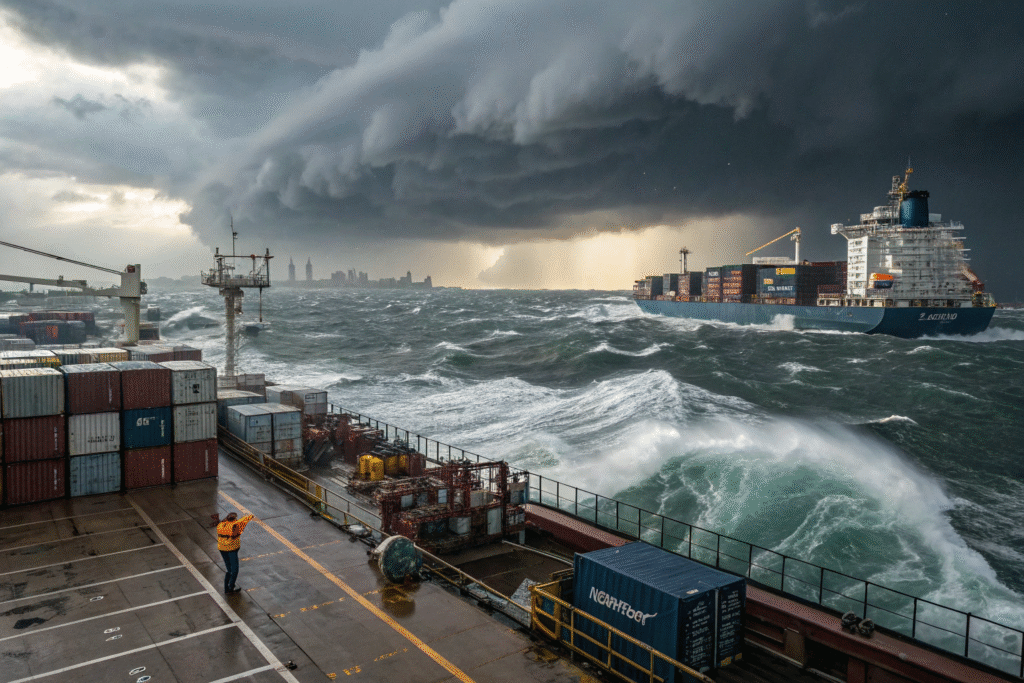
How Does Weather Impact Freight Schedules?
Storms like typhoons or snowstorms can halt vessel loading or delay flights. During Typhoon Chanthu, Shanghai’s port closed entirely, causing major vessel rollovers. We rely on Windy.com and port alerts to monitor weather and reschedule proactively.
What Role Do Labor Strikes Play in Delays?
Port strikes, like those seen on the U.S. West Coast, can bring container unloading to a standstill. Forwarders closely follow labor union updates and news from Port of Los Angeles or MarineTraffic to divert shipments to alternative ports when needed.
How Can You Prepare for Unpredictable Disruptions?
Even when disruptions are out of our control, preparation is possible. I always advise clients to treat resilience as part of their logistics strategy.
Smart importers build buffer stock, use flexible freight solutions, and trust forwarders who provide real-time updates.
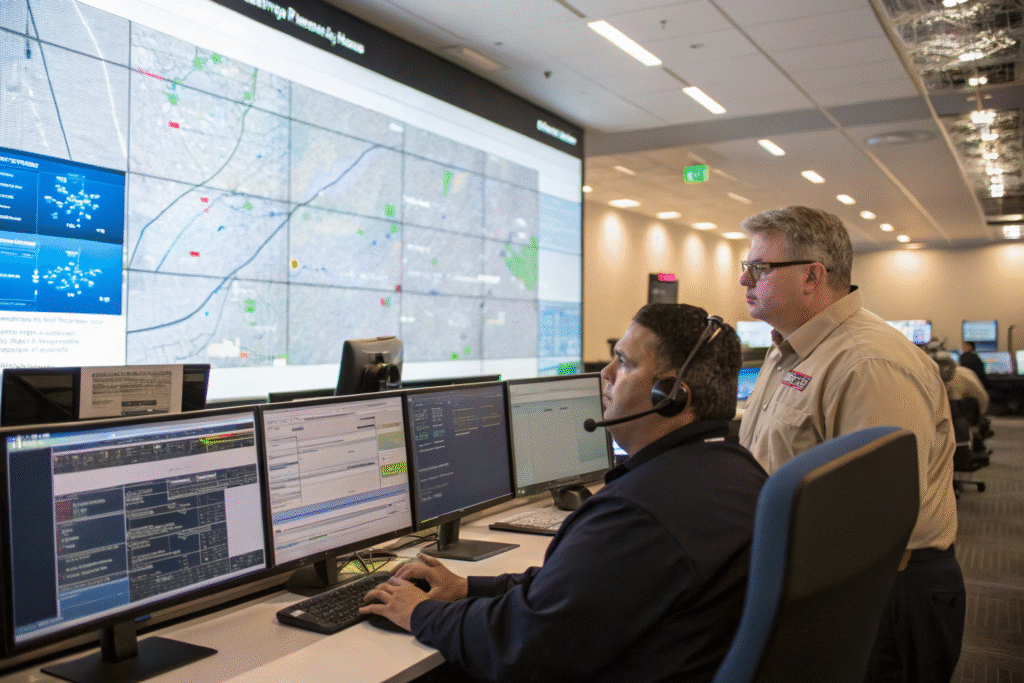
What Role Does Buffer Inventory Play?
Maintaining safety stock in destination warehouses prevents empty shelves during delays. Depending on lead times, clients often keep 2–4 weeks of buffer stock. We help estimate reorder points using demand forecasts and known transit risks.
How Can Route Flexibility Help?
When delays hit one mode, a forwarder can switch cargo from ocean to air or reroute through different ports. We’ve rerouted containers from Ningbo to Xiamen to avoid congestion. Tools like Project44 help us visualize lead time changes and costs for route alternatives.
How Do Freight Forwarders Manage Mid-Transit Delays?
Disruptions during transit can be the hardest to control. A vessel gets rolled at transshipment, or an airport ground crew strike delays departure.
Experienced forwarders act fast—communicating with carriers, rescheduling shipments, and informing clients early.
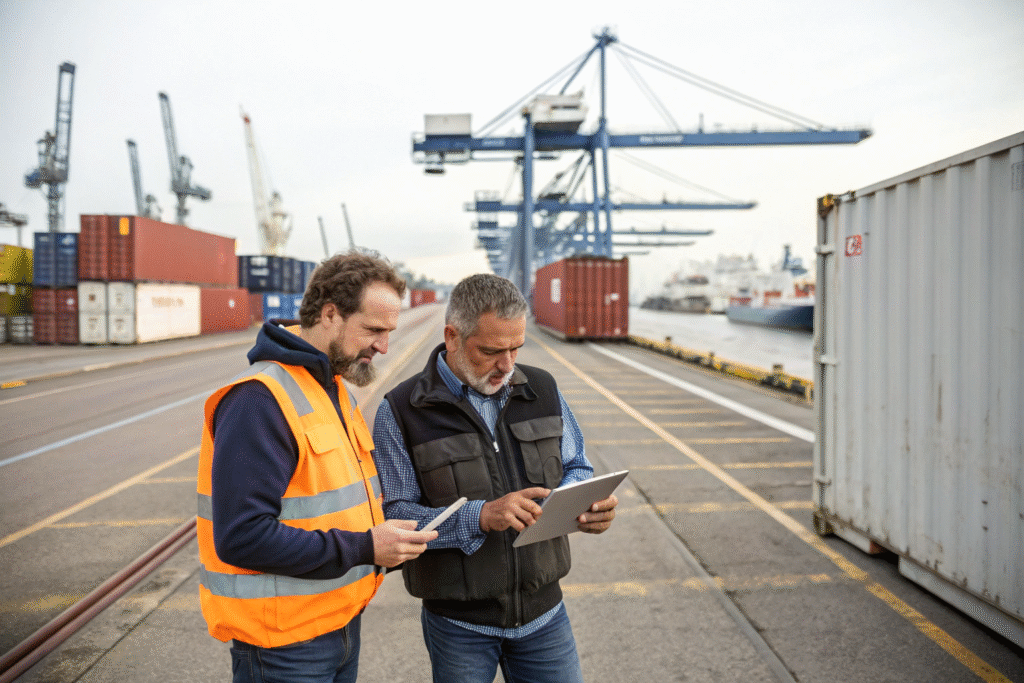
How Do They Respond to Container Rollovers?
We maintain close contact with shipping lines and check port schedules daily. If a container gets rolled, we negotiate priority space on the next vessel. We also track which carriers have stronger schedule integrity using reports from Sea-Intelligence.
What Happens When Flights Are Canceled?
Air cargo delays can hurt tight retail timelines. We monitor flight changes via FlightAware and reroute through nearby hubs like Incheon or Hong Kong. With DDP shipments, we shift parcels to bonded truck-air options if needed.
How Can Communication Minimize Disruption Impact?
When things go wrong, silence is deadly. Delays become costly when clients don’t know what’s happening and can’t plan.
Good freight forwarders give early warnings, frequent status updates, and clear solutions.
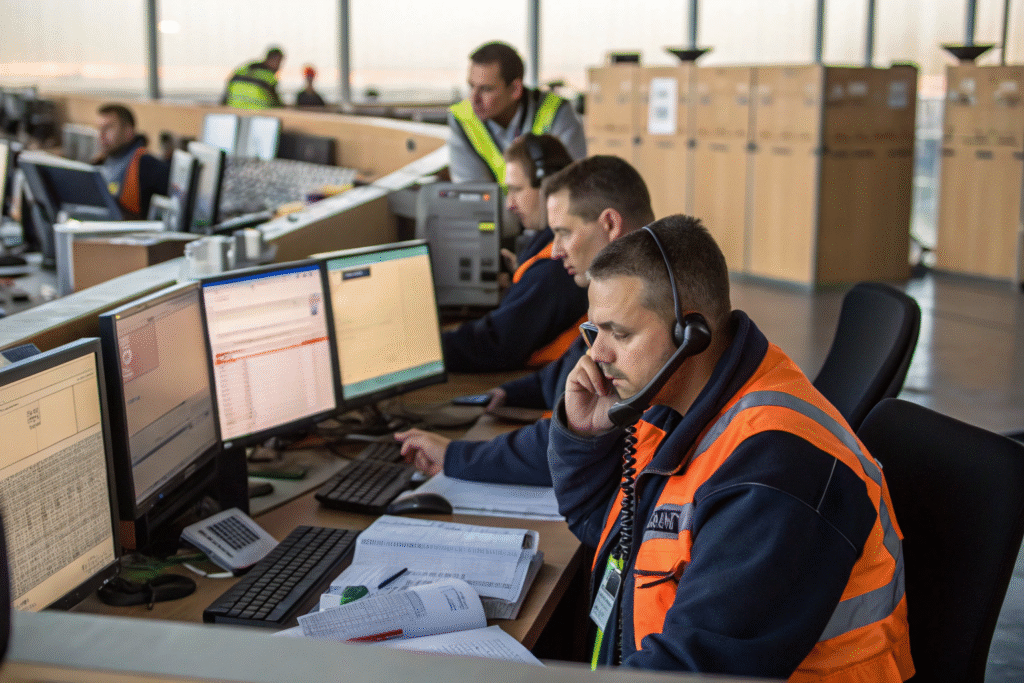
How Do They Communicate with Clients?
We send alerts through email, WhatsApp, or integrated platforms like Freightos. Clients get real-time ETAs, new sailing schedules, and paperwork adjustments. A client once told us, “Even though the vessel was delayed, your updates helped us reschedule our warehouse staff.”
What Internal Systems Support Transparency?
We use logistics CRMs and track-and-trace systems to automate status sharing. For large accounts, we build shared dashboards using Google Data Studio to visualize disruptions and response KPIs in real time.
Conclusion
Freight disruptions aren’t going away. But with strong preparation, rapid response, and open communication, their impact can be managed—and often avoided. That’s where freight forwarders shine. We don’t just move boxes. We protect your business from chaos. At GeeseCargo, we’ve helped hundreds of clients reroute, reschedule, and regain control during unpredictable situations. If your supply chain relies on consistent delivery, let’s build a buffer together.

